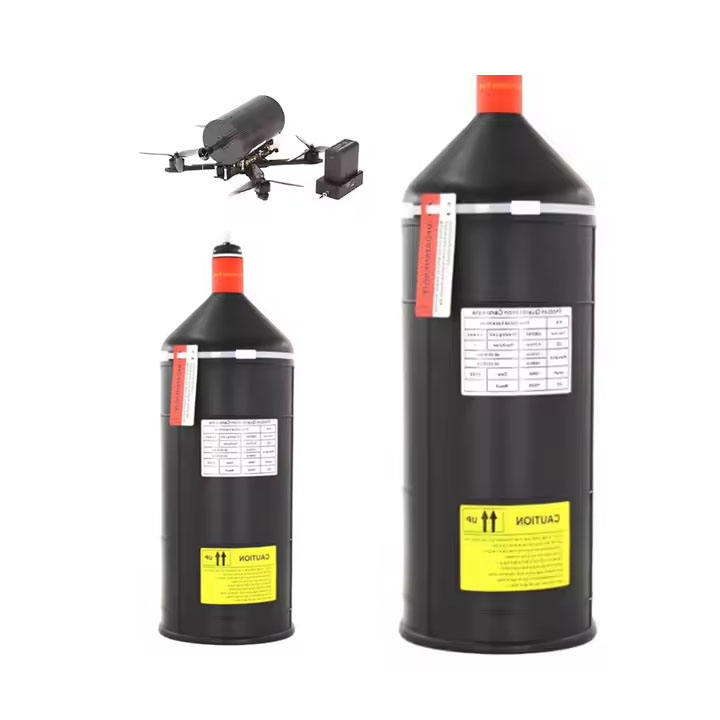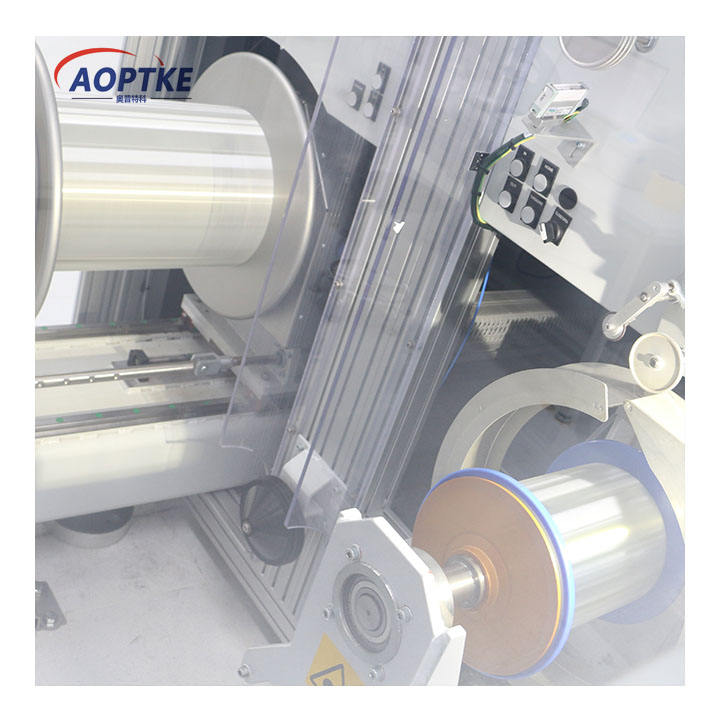Ever watched a drone perform precision inspections or live 8K FPV feeds, all without stuttering or signal dropouts? Chances are it's using G.657.A2 bend‑insensitive single‑mode optical fibre—the unsung hero enabling lighter, smarter, interference‑free drone links.
1.What Is G.657.A2 & Why It’s a Breakthrough in Fibre Design
Part of the ITU‑T G.657 standard, G.657.A2 guarantees a minimum bend radius of 7.5 mm and a max macro‑bend loss of about 0.5 dB per turn at 1550 nm.That’s a 30 mm bend with almost no penalty—in contrast to legacy G.652 fibres, which may lose several dB per 10 turns at the same wavelength.
Best of all, G.657.A2 is fully compliant with ITU‑T G.652.D, so fibre splices, OTDR testing, and data transmission remain identical to standard single‑mode cables
|
|
2.Why Drone Systems Love This Fibre
Feature |
Benefit for Drones |
|---|---|
7.5 mm bend radius |
Wrap it around drone gimbals and retractable tethers without signal loss. |
Ultra-low loss (~0.18 dB/km at 1550 nm) |
Supports 10 Gbps+ long-range HD or LiDAR streams. Record low attenuation ≥ 0.21 dB/km in quality batches |
Full-band (1260–1625 nm) transmission |
Enables dual‑band sensor fusion and future-proof L‑band LiDAR or sensing. |
PMD ≤ 0.1–0.2 ps/√km |
Enables dual‑band sensor fusion and future-proof L‑band LiDAR or sensing. |
EMA resistance |
Immune to EMI/‑RFI in defense, industrial or smart‑city drone ops |
Drone OEMs worldwide now offer 2 km‑60km spools, pre‑connectorized or reel‑mounted in compact canisters, optimized for DJI, Autel, and custom lightweight UAV platforms.
3. Sample Spec Sheet: What to Look For
-
·Attenuation :1310/1550 nm: ≤ 0.35 dB/km / ≤ 0.21 dB/km.
-
·PMD: ≤ 0.1 ps/√km (max), typically 0.04 ps/√km.
-
·Mode Field Diameter: ~9.2 μm (maintains splice‑compatibility with G.652.D).
-
·Coating Diameter: 200–245 μm, sometimes down to 180 μm for micro‑drone payloads.
-
·Operating Temp: −60 °C to +85 °C, damp‑heat ageing tested ±0.05 dB/km/30d.
4.Real-World Examples
-
Disaster relief: FPV drones with thermal cameras use G.657.A2 reels to feed live HD infrared imagery inside collapsed buildings—zero EMI interference, stable live links.
-
Infrastructure inspections: Aerial LiDAR arrays tethered to ground stations test wind turbines and pipelines; G.657.A2 maintains uncompromised data quality even when cables loop around rotor hubs.
-
Defense and anti‑jam operations:Tethered fiber-optic drones provide interference-resistant, high-precision control and power feeding even in contested electromagnetic interference environments.

Summarize
If you're building a tethered, high-altitude, or closely spaced drone system, switching to G.657.A2 fiber can provide greater control bandwidth, clearer real-time video, and improved reliability for real-world drone missions.
Let fiber do more than just connect—let it enhance your drone (and your website rankings!).
Of course, contact the fiber experts at Aoptke Cable for 180µm vs. 245µm options, custom reel kits, or UL/CE certification.
Post time: 2025-08-02 10:46:43

